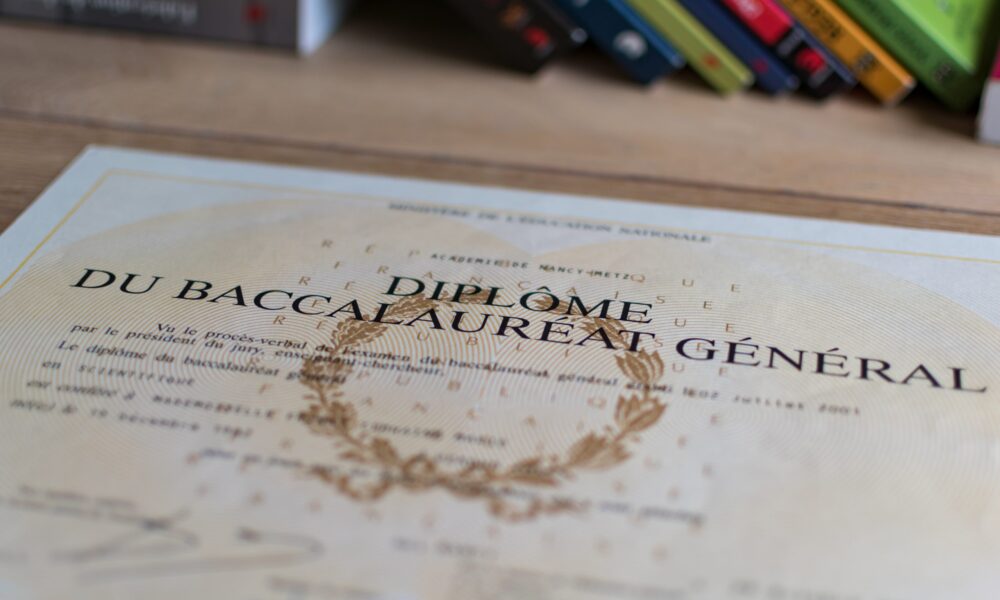Albert Anker: Swiss painting, the care of fragile people and the lesson (of love) of a Vietnamese monk
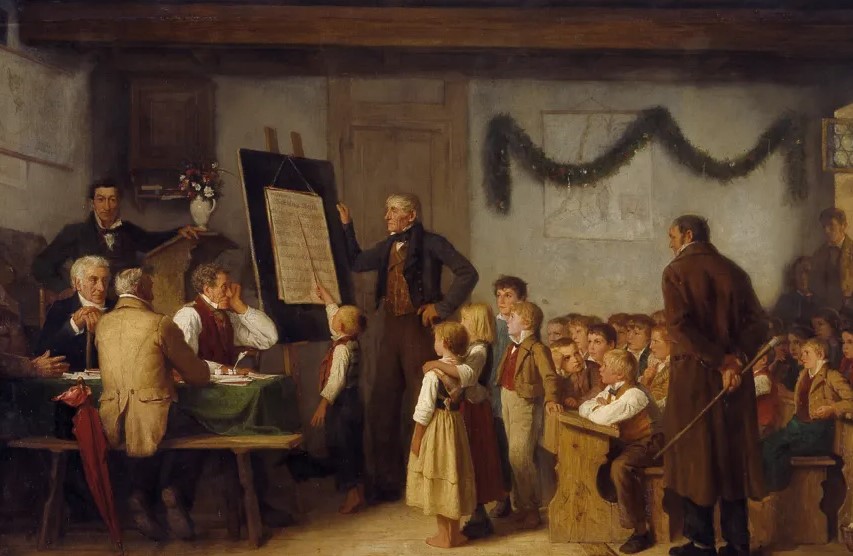
The painter depicts a nephew who cares about his grandfather without any rhetoric
Almost not the captions are not needed, so alive and moving is this scene: an elderly man, most likely sick or convalescent, who abandon himself to the cushions and blankets arranged in his armchair and, next to a child, almost certainly his nephew, who reads something to him. And in fact the picture is titled Devotion to grandfatheris from 1893 And the most popular modern Swiss painter painted it, Albert Anker. Anker (1831-1910) In his country he is very loved, a bit like Segantini or Hayez with us. Paradoxically, this Campanilistic pride – who led Switzerland to buy or regain a large part of his works – did not do so well, because he has reduced his own a lot International horizon And today it is known above all as « the painter of Swiss humanity ».
But Anker, as a recent exhibition has shown at the Pierre Gianadda Fondation of Martigny, was a complex artist, capable of absorbing his time and returning it through a multifaceted vision, full of shades. Son of a veterinarian, he was born in the village of Anet (Canton Bern). At 14, the first drawing lessons. He studies theology in Bern first and then in Germany. The passion for painting has the upper hand over the ecclesiastical ambitions and so goes to Paris. We are in the mid -nineteenth century, the artistic sensitivity oscillates between realism and the first modern experiments. In 1850 Courbet painted the Funeral in Ornanscornerstone of the realist vision, while Corot dematerializes its landscapes in the light. Anker takes lessons from Charles Gleyre, like Monet: the community of artists dares pasty brush strokes, bold income, It highlights the psychological quality of people with expressive immediacy.
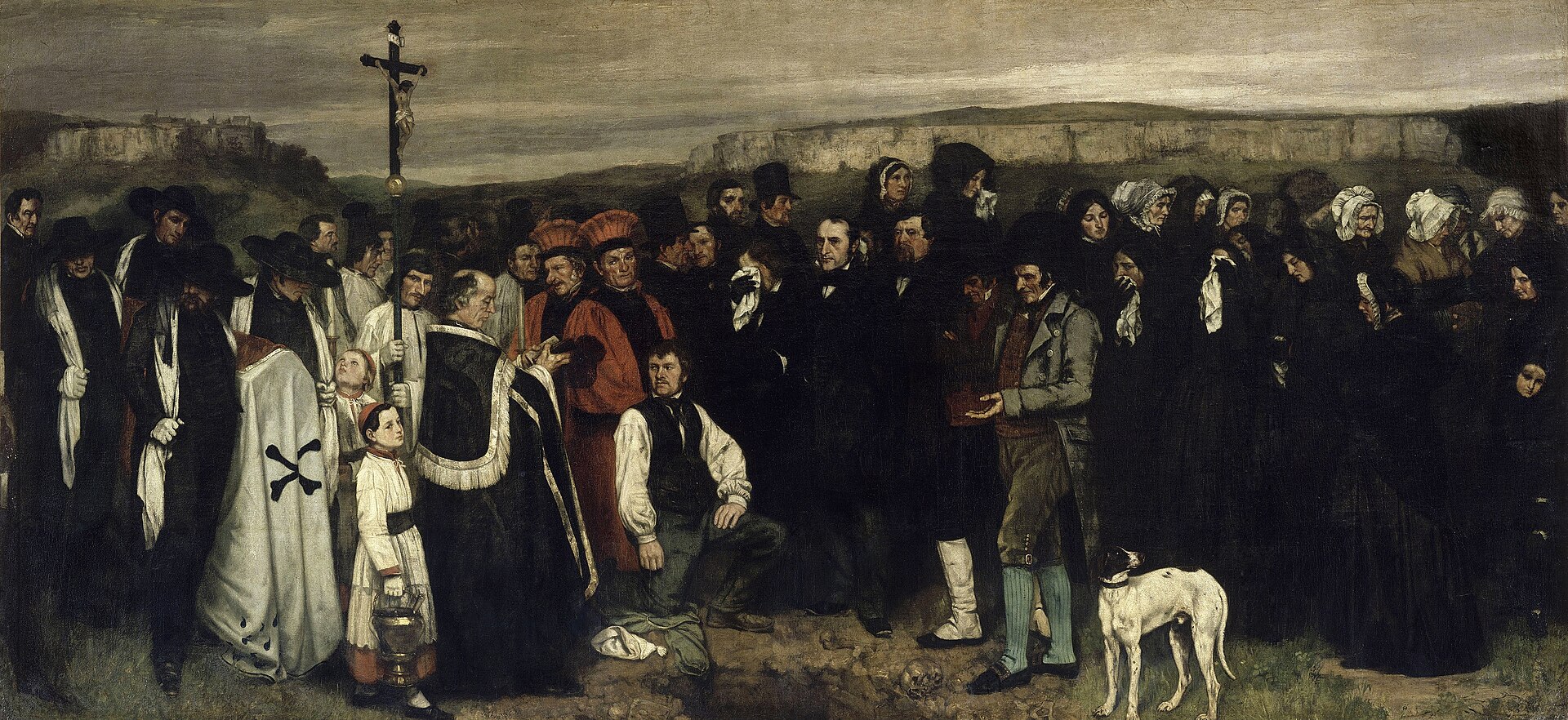
Certainly everyone focuses on humanity. Of the villages (Courbet), of the cities (Caillebottelater), of the female world (Renoir). Anker is cultured and intelligent, speaks six languages, he reads sacred texts in Greek and Hebrew, he is an expert photographer. He has everything you need to become a formidable storyteller of his time. He returns to Switzerland and begins to become a chronicler of his people. It captures the modesty of some unknown countries, the smooth beauty of children, the look full of the world of the elderly. He puts people in the foreground and focuses on the most fragile: country kids struggling with the accidental path of education, old forced long hours alone in the house because the children are at work, very young workers pushed by need, girls intent on reading as if it were a heavy but necessary task. Thus was born the Masterpiece Today, that tired grandfather on whom the young nephew watches over.
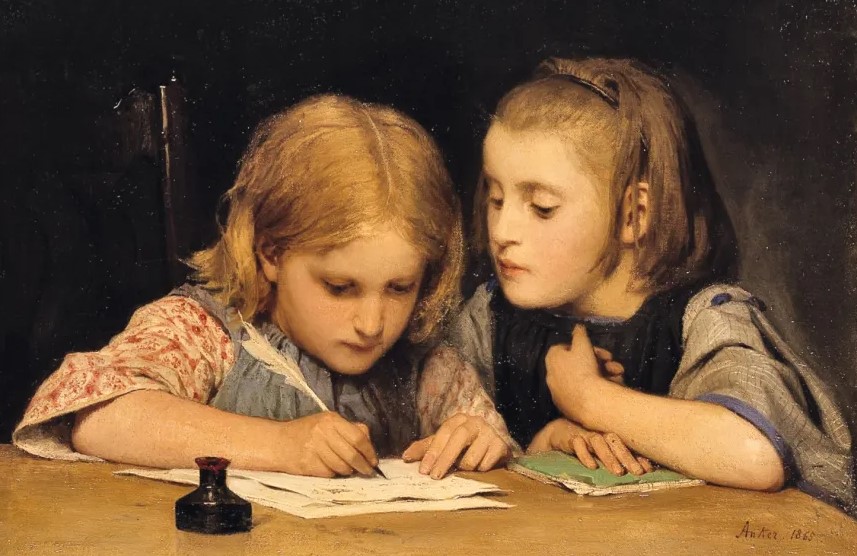
In this insist on childhood perhaps he played an important role his biography: nEl 1864 marries Anna Rüfli from whom she had six children, two of whom died at an early age. The others, Louise, Maria, Moritz and Cecile will often be the subjects of his childhood portraits. But Anker does not become a « postcard painter » e does not give in to rhetoric. Behind the children who watch over grandparents or behind young schoolchildren in books, there is a solid theoretical training: In fact, the theories of Johann Heinrich Pestalozzi approached one of the major representatives of pedagogy (of which he also performed a portrait) and spokesperson for A very innovative idea of education. Not dictated from above and not imposed, but born from a horizontal, community, equal movement. Children watch over grandparents not because they are obliged, but because part of a single interconnected world, to which « give » simply because they « receive ».
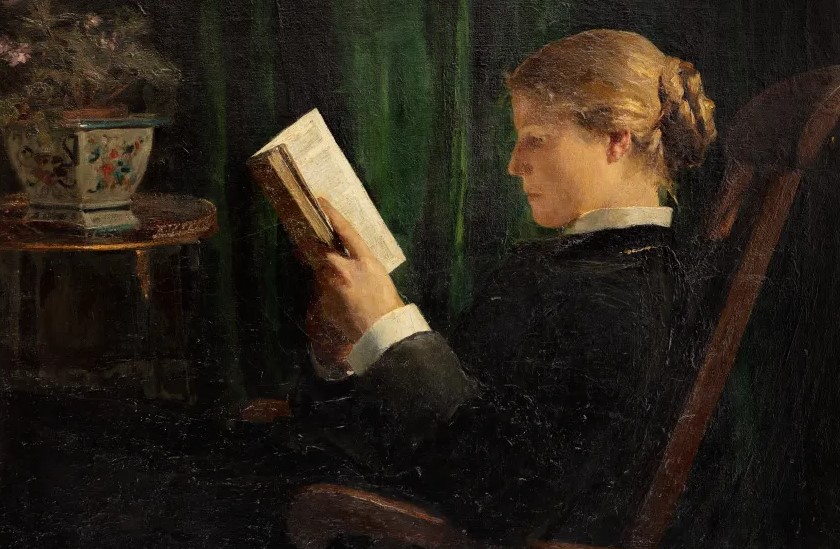
That's why Devotion to grandfather It has no Melense connotation and does not annoy us with rhetoric: The child, quiet in his posture sitting, reads something to the elderly, who listens without an ecstatic kidnapping or useless emotion. There is childhood and there is old agetwo moments of people's lives and that's it, two natural passages: The task of the community is to bring together these two worlds in the lightest, respectful and normal way possible. And looking at this painting, the lesson of an extraordinary character, a Buddhist monk born in 1926 in Hué in Vietnam and died in 2022, returned to me.
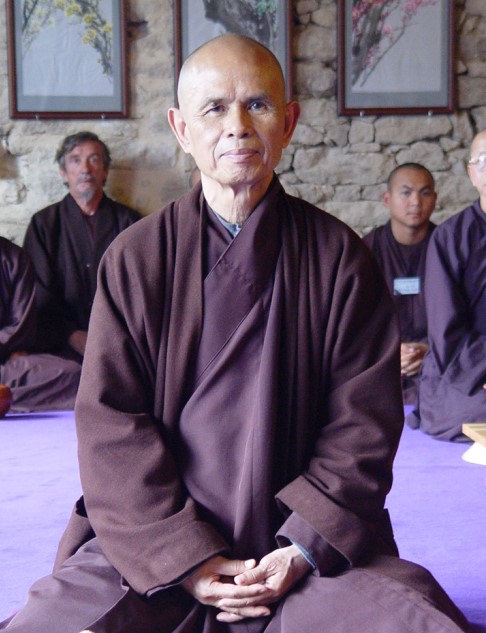
Anyone who has approached – in a more or less profound way – at the thought of Thich Nhan Hanh knows well that he put at the center of everything a concept buried under the haste, speed and superficiality, that is, attention. Among the pillars of the Buddhist's Octopian Path, attention is very difficult, even if apparently it might seem obvious: « When you drink a cup of tea, » said the teacher, « drinking a cup of tea ». And that's it. The real root of the cure, said Thich, is attention, being present in the life of the other or the other, listening to his joy or pain and accompanying him or she with the simple « being there ». If we think about it, when a loved one comes to us with a problem, how do we react? Are we truly capable of « being there », or do we start to prevaricate ourselves, stopping listening and becoming protagonists? If, for example, a loved one confides that we have lost their jobs, how do we react? We try to console her by referring to its great skills (therefore addressing a condition pass) or minimize by saying « SUVVIA, soon you will find a new one » (so looking at the future)? Thich Nhat Hanh reminds us, in his books, that the « true act of love is our attention », therefore being present, here and now, next to the dear person who suffers. Without taking refuge in the past or in the future, easy to take shortcuts: The most difficult thing is to be present in the pain and the pain of the other. Anker's grandson's nephew is neither commissioning his grandfather, nor is he thinking about anything else, nor is he snorting because he would like to be elsewhere: he is simply there, he is presentreads something. And, in doing so, he manages to be really close to those who suffer: attention is enough.
[email protected]




:format(webp)/s3/static.nrc.nl/wp-content/uploads/2025/06/05163439/data133217982-f902a2.jpg)

